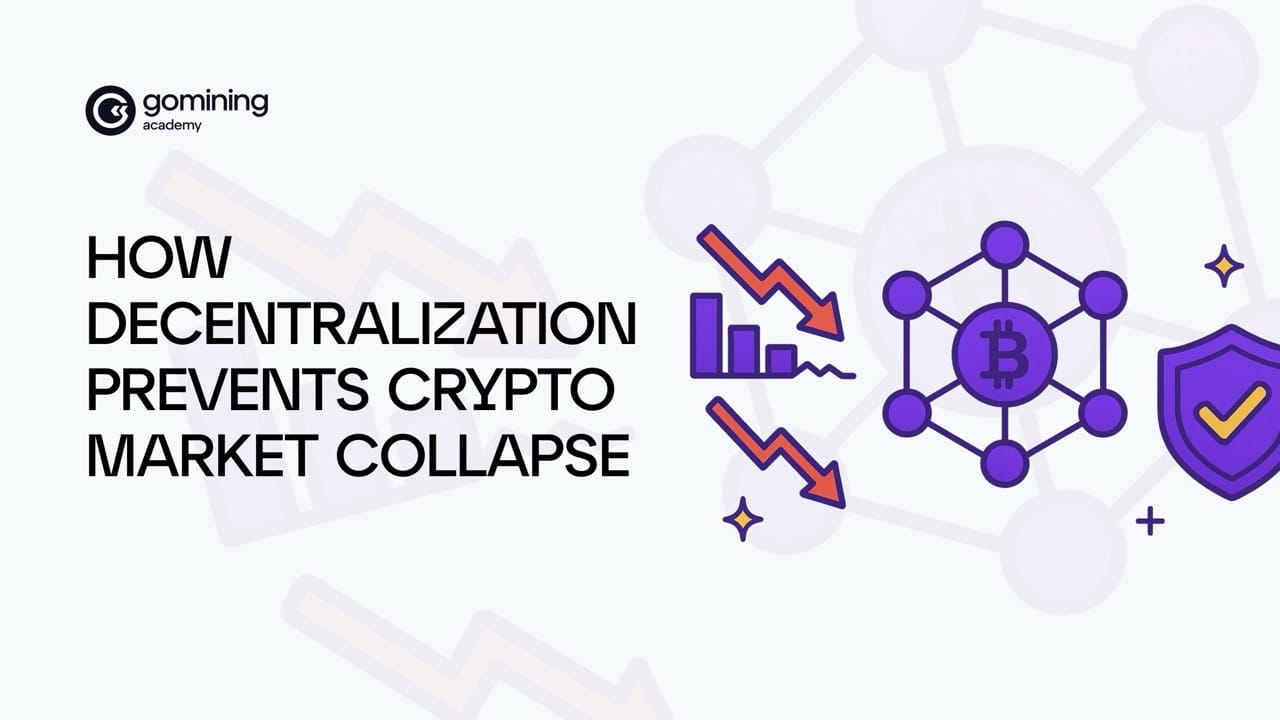What are nodes in cryptocurrency?
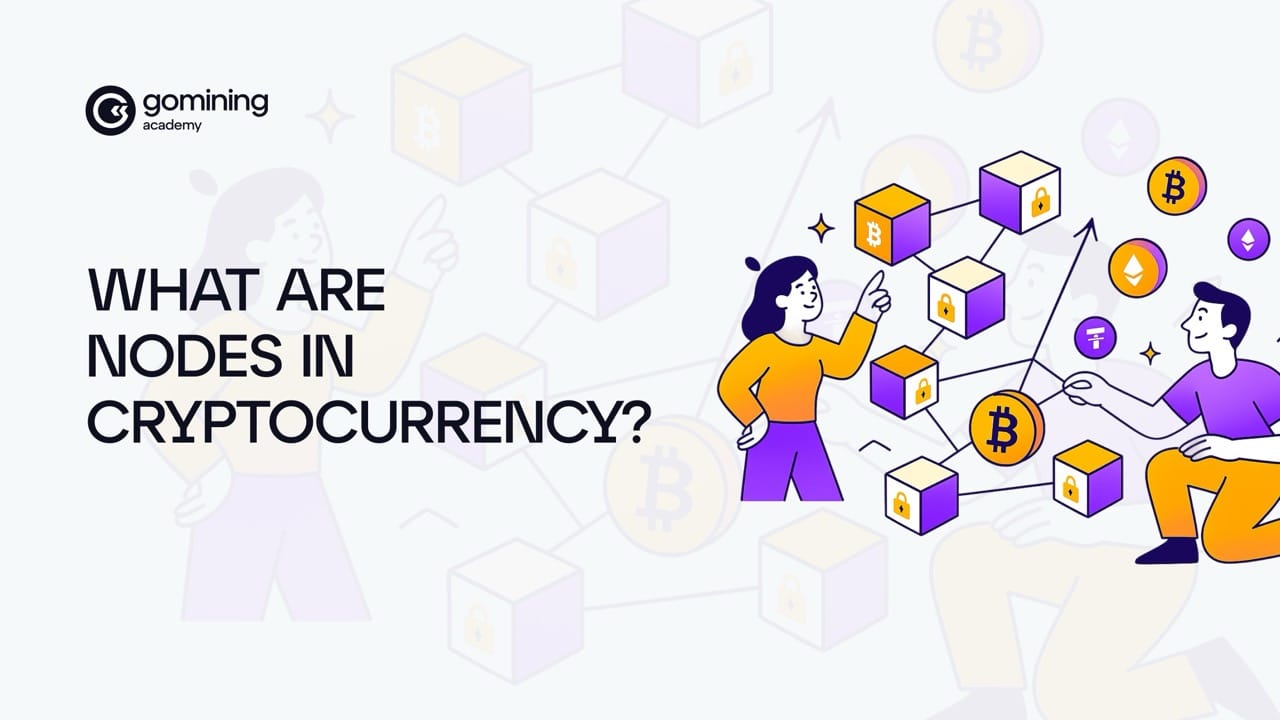
What do you call a thousand computers scattered around the planet, talking to each other to keep digital money alive?
Nodes.
They are living network behind every cryptocurrency. Each one checks transactions, stores records, and helps the blockchain agree on what’s true. When someone sends Bitcoin or any other crypto, these computers check the math, record the result, and make sure no one is cheating.
By the end of this article, you’ll know how these digital sentinels work, learn about the different kinds of nodes that keep blockchains running, why they matter for decentralization, and how they keep crypto honest block after block.
What Are Nodes in Cryptocurrency?
A node is a computer that runs blockchain software and keeps a full or partial copy of its public ledger — a shared record of every transaction ever made. Each one acts like an independent accountant, double-checking and comparing notes with thousands of others around the world.
When you send Bitcoin or check your wallet balance, these machines are already at work confirming: Is the sender authorized? Are there enough funds? Has this crypto already been spent? Only when everything checks out, the node passes the information to the next peer in line. That’s why the network created by these accountant-sentinels can’t easily be faked or rewritten, because thousands of identical copies exist all over the world.
Nodes are meticulous, and they have every right to be. Here, even the smallest detail matters. In 2014, a pseudonymous developer known as ditto-b found a bug buried deep in Bitcoin’s code — an overflow error that could have broken its halving schedule (the periodic reduction of new Bitcoin issuance) decades later. With just a few lines of code, they fixed it and saved the system from a failure no one else had spotted. That story still circulates among developers as a reminder of how much the network depends on invisible diligence.
This independence and shared responsibility are what make cryptocurrencies decentralized. No single company or server decides what is true, because every honest node enforces the same rules and rejects anything that doesn’t fit.
That’s what decentralization really means: truth emerging from thousands of small, honest verifications, not from one central authority.
How Do Nodes Work in Blockchain?
Communication Between Nodes
When you send crypto, your app doesn’t route it through a bank. It creates a small digital message — your transaction — and shares it directly with a few nearby computers in the network. One node checks the basics, then passes it along, like a digital heartbeat pulsing through thousands of devices. Within seconds, the signal circles the planet. This process, called propagation, lets the entire network see and verify the same transaction almost instantly.
But is harmony between nodes automatic?
Not exactly. In 2020, a missed software update caused part of the Ethereum network to split in two, each half convinced it was the real one. For a few hours, two separate versions of the blockchain existed side by side until operators patched their systems and brought them back together. The fix was fast, but the lesson lasted: decentralization only works when every participant keeps their systems updated and aligned.
Consensus Participation
After transactions are verified, they wait to be packed into a new block — the next page in the blockchain’s ledger. Who gets to write that page depends on how the network reaches agreement, a process called consensus.
In Proof-of-Work systems, miners use computing power to compete for the right to add the next block. It’s an open race: whoever solves a cryptographic puzzle first wins and publishes the update.
In Proof-of-Stake systems, validators lock up a portion of their crypto as collateral, and one of them is randomly chosen to propose and confirm the next block. Their reward is for staying honest — cheating risks losing their stake.
Regular nodes don’t create blocks, but they do enforce the rules. They check every proposed block against the network’s shared protocol and only accept the valid chain. Miners or validators propose; nodes verify. That simple balance — competition above, verification below — is what keeps blockchains aligned on one shared truth.
Data Integrity and Security
Each block links to the one before it through cryptographic hashes — unique digital fingerprints that expose any attempt at alteration. Change a single number, and the fingerprint mutates, instantly visible to every node. Over time, as new blocks pile on, this chain of memory becomes almost impossible to rewrite.
The beauty of this system is that it relies on diversity. Some nodes store everything; others just relay messages. The network behaves less like a machine and more like a living organism: resilient precisely because no part knows the whole, yet all speak the same language.
Types of Nodes in Cryptocurrency
Let’s meet the parts of that organism. From the record-keeping librarians to the lightning-fast couriers, each type of node plays a distinct role in keeping the blockchain balanced between security and efficiency.
Full NodesThese are the record keepers — the ones that download and verify the entire blockchain, enforcing every rule of the protocol. When someone tries to send an invalid transaction, full nodes are the ones that reject it.
But don’t picture rows of expensive machines. In recent years, Bitcoin enthusiasts have built home nodes on $35 Raspberry Pi computers — small devices that can verify every block and, in some cases, even store the full chain. They prove that securing the network doesn’t require a data center, just curiosity and a bit of patience.
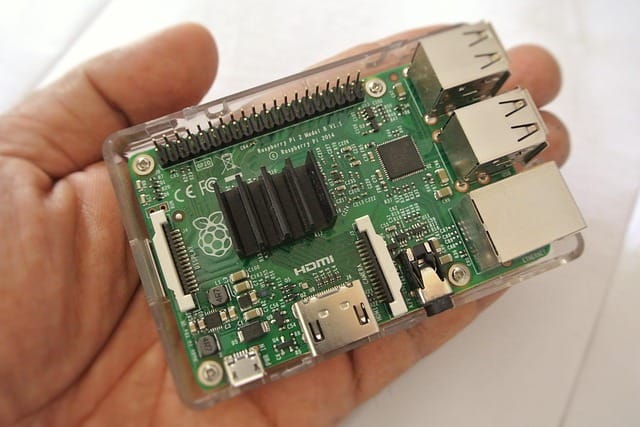
Light Nodes (SPV Nodes)
Short for Simplified Payment Verification, light nodes only keep block headers, which are summaries of each block, and rely on full nodes for full data. They are the mobile wallets of the network: faster, lighter, but dependent on others for deep checks.
Mining Nodes
Mining nodes gather verified transactions into blocks and compete to add them to the chain. They do the heavy lifting of block creation but still depend on full nodes for rule enforcement. (Miners often get the spotlight, but full nodes set the rules. Think of miners as the builders and full nodes as the inspectors: one lays the bricks, the other checks the blueprint.)
Masternodes
Some blockchains, like Dash, have special nodes that do more than just verify transactions. These masternodes handle extra services such as faster payments, privacy features, or even helping to vote on upgrades to the network. To run one, you have to lock up a large amount of the blockchain’s currency as a kind of security deposit. It’s a proof that you have something to lose if you cheat. In return, masternode operators earn regular rewards for keeping the system running smoothly.
Archival and Pruned Nodes
Archival nodes store the entire blockchain’s history for research or analytics. Pruned nodes keep only recent data, discarding older blocks once verified to save space.
Staking Nodes (in Proof-of-Stake blockchains)
Instead of mining, these nodes validate transactions and propose new blocks by staking (temporarily locking) crypto as a guarantee of honesty. They secure networks like Ethereum, Cardano, and Polkadot.
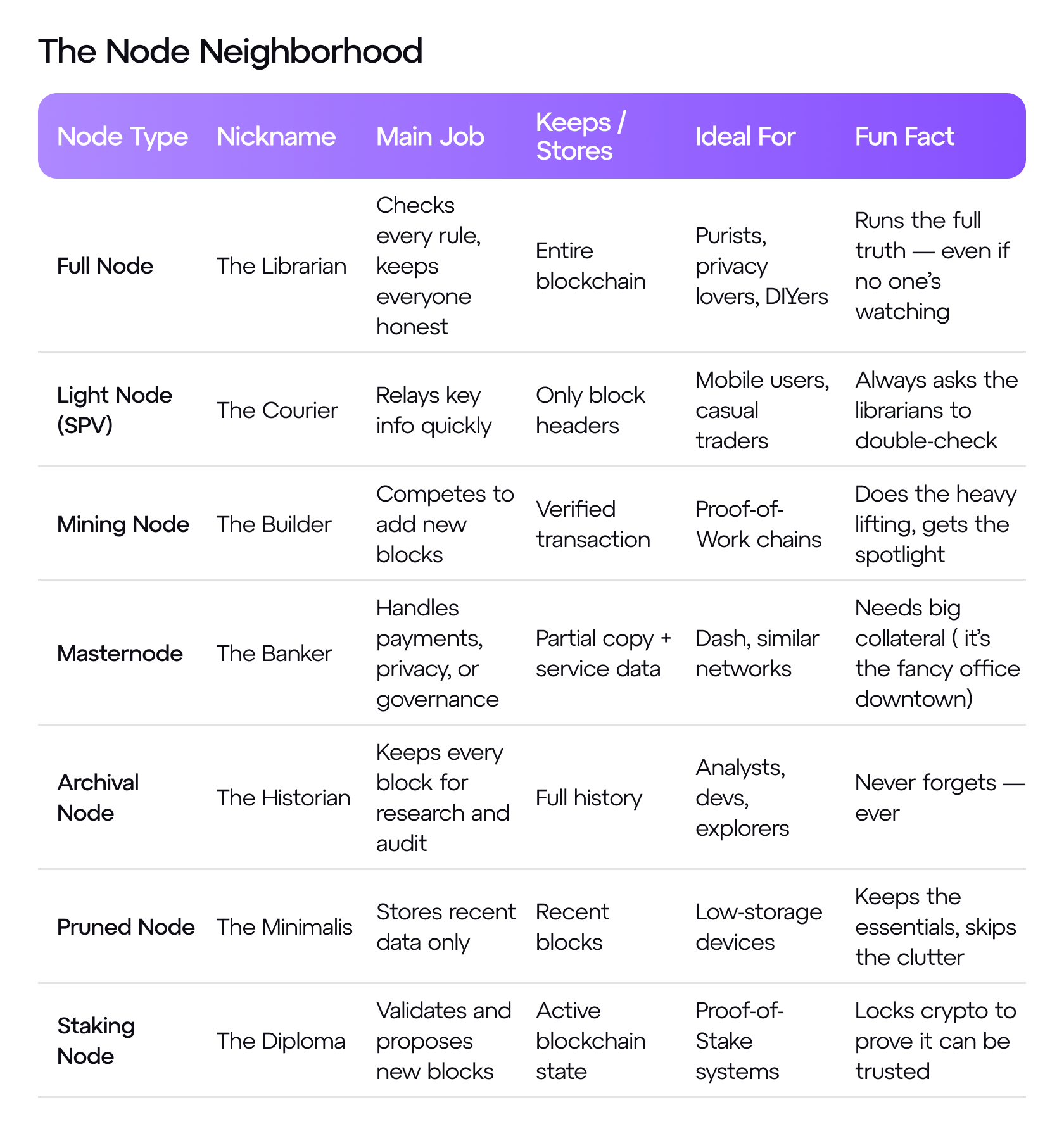
Behind these technical roles are real people — hobbyists, coders, miners, and even families who keep their machines humming in living rooms and offices. They don’t need permission, just curiosity and an internet connection. Every blinking LED on a node somewhere represents another person who decided to help keep the world’s ledgers honest.
Why Are Nodes Important?
Nodes are the reason blockchains can exist without bosses. Every one of them independently enforces rules. When a transaction breaks those rules, honest nodes simply ignore it. This shared vigilance means the network can keep operating even if some nodes fail or turn malicious.
They also make blockchains transparent. With the right setup — an internet connection and some storage — anyone can run a node, download the ledger, and see the history for themselves. Every time you send crypto or check your wallet, you’re relying on this quiet web of nodes to agree on the truth — not a company or government.
History has shown their power. During the 2017 “block size war” — a heated debate over whether Bitcoin should process larger transactions — large mining pools pushed for rule changes. Thousands of everyday node operators refused, and the miners eventually had to follow the chain that the nodes accepted. They weren’t corporations or data centers, just individuals with modest setups who kept the chain honest and alive.
Nodes protect the rules, preserve transparency, and keep control distributed across the world. Without them, a blockchain is just a database waiting for someone to take over.
It’s easy to forget how radical that is: a financial system that can survive its own creators, turning collective agreement into lasting truth.
Benefits of Running a Node
So why would anyone run their own node if it doesn’t earn block rewards (new crypto created for miners or validators)?
For many, it’s about control. When you connect through your own node, you’re not asking anyone else what the blockchain says, you’re verifying it yourself.
It’s about peace of mind: knowing the number you see in your wallet isn’t just what an app tells you, but what the blockchain itself confirms.
It’s also about privacy. When you use someone else’s node, they can see the wallet activity you check and link it to your identity. With your own, those details stay between you and the network. Some people describe it as hosting your own bank vault instead of renting a safety deposit box.
And it’s about contribution. Every additional node makes the network stronger, more decentralized, and harder to censor. For all its code and math, crypto still runs on small human stories, like this one:
On Reddit, one user once shared that he’d received a $50 Bitcoin gift from a Secret Santa at work. Nine years later, he sent a photo of the note back, that modest gift, preserved by thousands of nodes, had become worth thousands of dollars. That old transaction was still there years later, intact, preserved by the very system those nodes uphold.
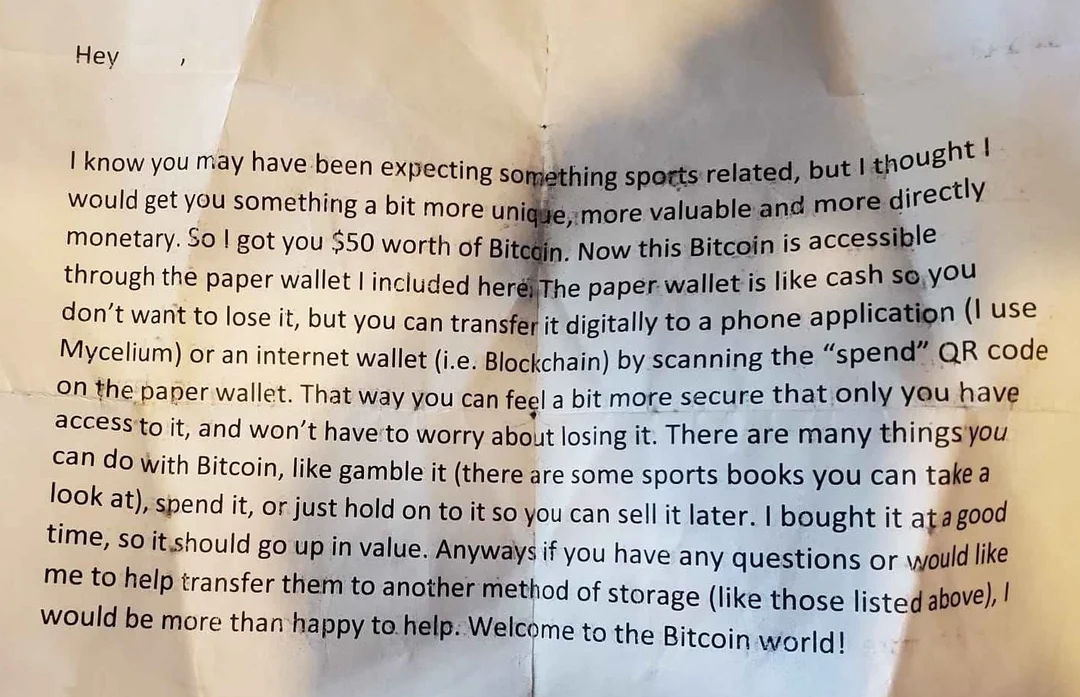
Most people assume running a node is only for experts. But it’s an invitation: to stop being a spectator and start participating in the system that keeps crypto honest.
Challenges of Running a Node
Running a node sounds empowering — and it is — but it’s not plug-and-play. You’ll need reliable hardware, consistent Internet, and the patience to learn as you go. Still, these hurdles aren’t dealbreakers, they’re just the practical side of joining a global system that never sleeps.
Storage limits: A full node stores the entire blockchain — in Bitcoin’s case, more than 600 gigabytes and counting. It’s like keeping a full history book of every transaction ever made. Most people handle this with external drives or smaller setups that prune (delete old data once verified).
Setup and learning curve: Installing node software means opening ports and configuring firewalls. In other words, making sure your computer can talk to the network without blocking itself. It can feel intimidating at first, but once it’s running, maintenance is minimal.
Connection quality: Your node has to stay online and in sync with the rest of the network. A weak or unstable internet connection (low bandwidth) can cause delays or desynchronization.
Hardware and energy costs: Even if you already have a computer, keeping it on 24/7 uses energy. Dedicated hardware like mini PCs or Raspberry Pis can lower power use — but it’s still an expense.
Collateral requirements (for some networks): Certain blockchains, like Dash, require a large deposit — or stake — to run specialized nodes. During the 2017 bull run, one Dash masternode demanded 1,000 DASH in lockup, worth over a million dollars at the time. Imagine explaining that to your spouse as “just another hobby.”
Running a node takes patience, persistence, and curiosity. But for those who keep it up, it’s a front-row seat to how decentralization really works.
Nodes in Different Cryptocurrencies
If crypto networks were cities, you could almost feel their atmosphere: some methodical and steady, others buzzing with innovation. Understanding how they organize their nodes helps reveal what each blockchain values most: speed, security, privacy, or flexibility.
In Bitcoin, the streets feel ordered and disciplined. Thousands of full nodes, computers that store and verify every block, run identical software and check every transaction since 2009. They don’t chase rewards or attention. They guard the rules, like archivists who never stop working.
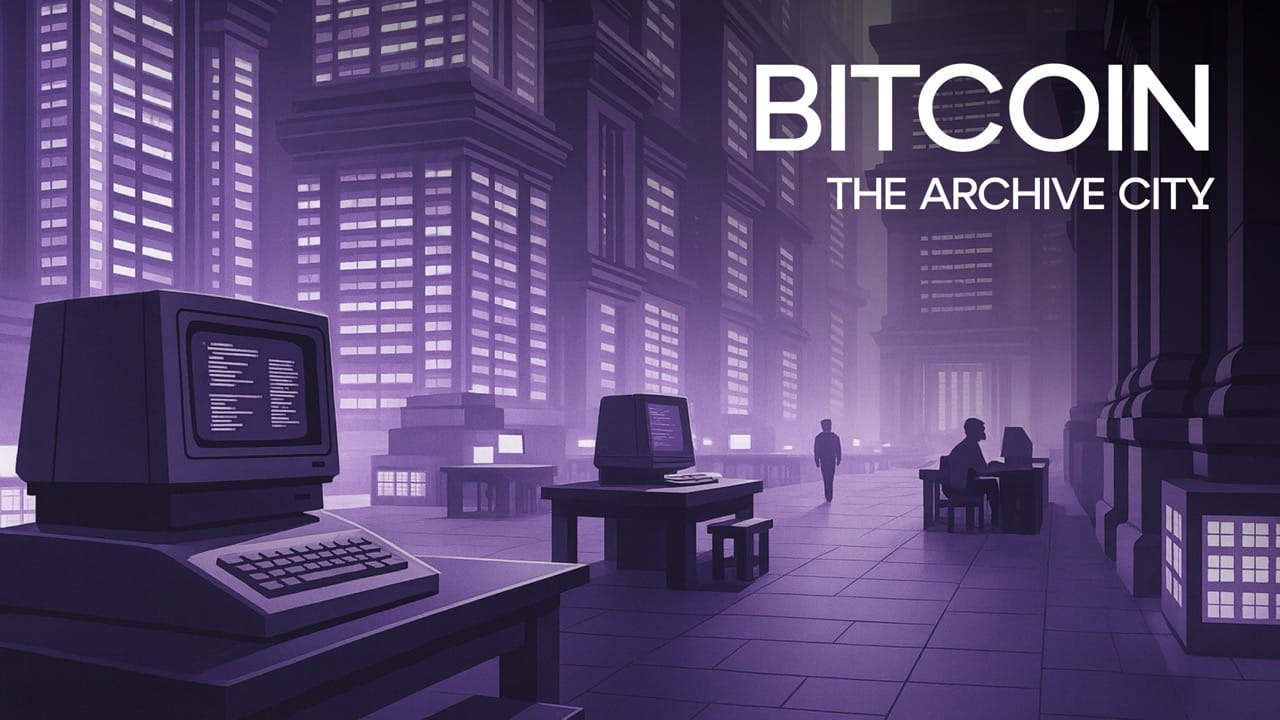
Next stop, Ethereum, a more experimental metropolis. Since its shift to Proof of Stake in 2022 (a greener system that replaces energy use with staked crypto), validators and clients (software pairs that build and check each block) work together like twin engineers. Client names like Geth, Nethermind, and Besu light up its skyline, where developers constantly upgrade the system in real time.
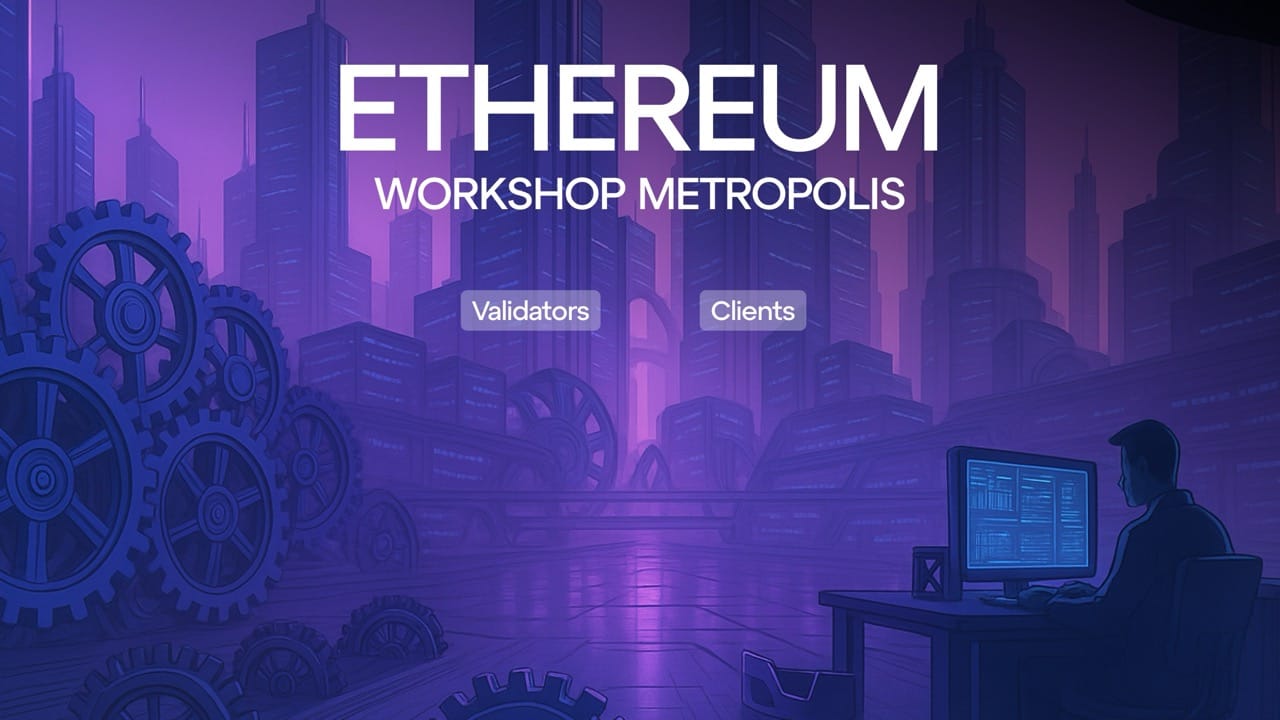
In Dash, the structure feels organized yet community-driven. Masternodes act like a local council, reviewing proposals, voting on network changes, and funding projects through Dash’s on-chain treasury. They also enable InstantSend, which locks transactions within seconds to prevent double spending. Here, running a masternode isn’t free: it requires 1,000 DASH held as collateral, a built-in guarantee that each operator has a real stake in the system.
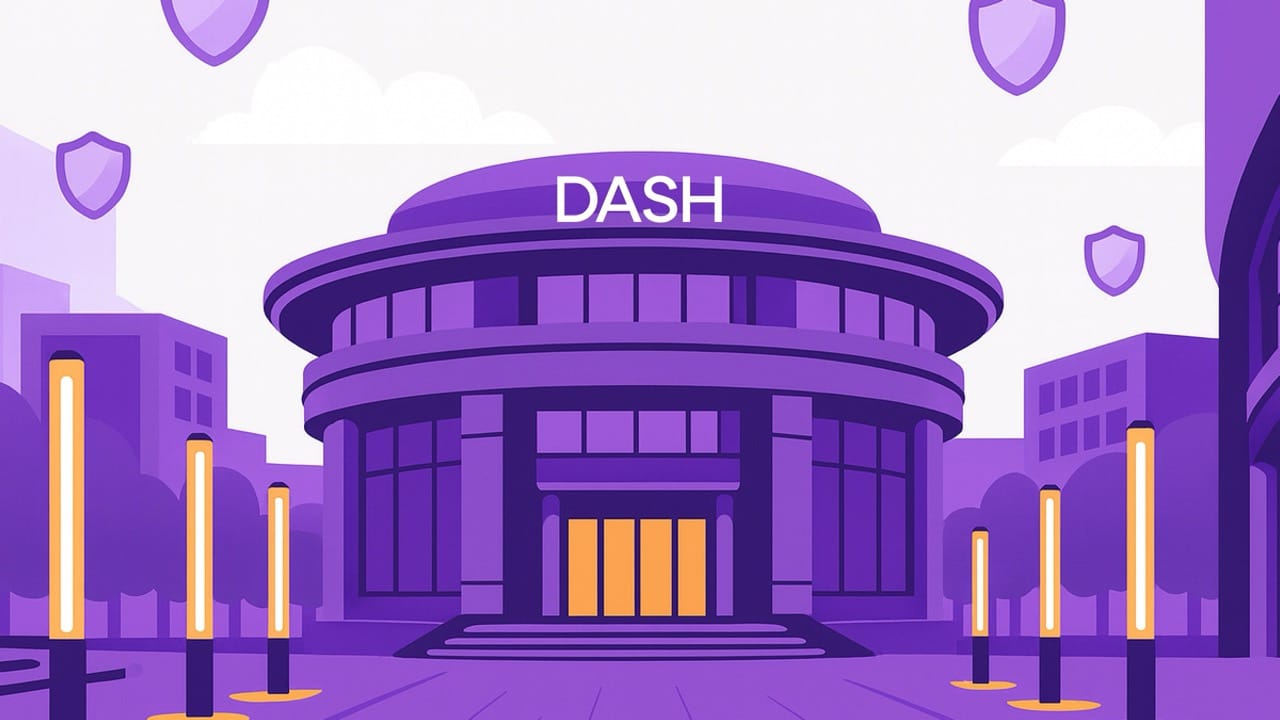
Across the map, Polkadot feels diplomatic. Validators secure interconnected parachains that communicate like embassies in a shared capital. Some, like Kusama, act as the testing ground where new ideas are tried before reaching the main network, while Acala serves as its financial center, powering digital money and low-volatility tokens used for everyday transactions. The result is a network built on cooperation, where each chain contributes its own skill to the whole.

And in Solana, everything moves at top speed. High-performance nodes hum like engines tuned for constant motion, keeping the city bright, efficient, and endlessly awake.
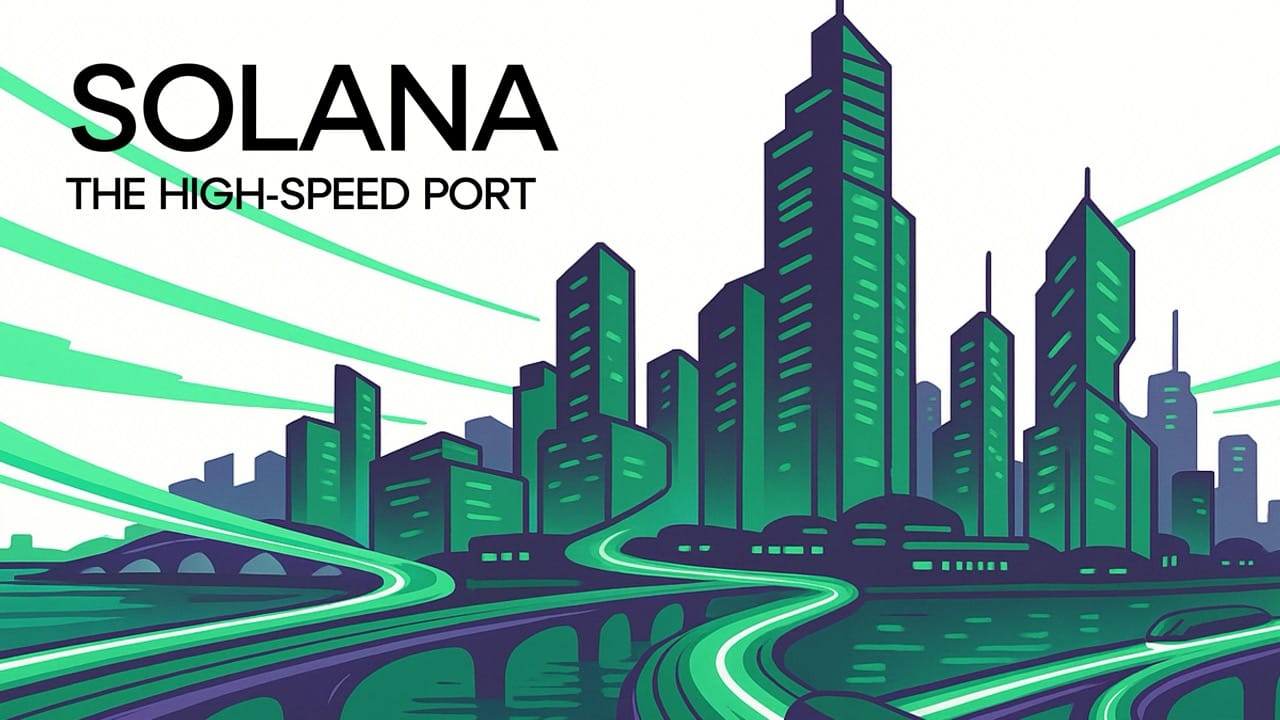
Each blockchain culture has its own rhythm — discipline, innovation, governance, cooperation, or velocity, but all share the same civic goal: to keep trust alive through code.
Future of Blockchain Nodes
As blockchains expand, the way nodes work is evolving too. Instead of a few powerful machines doing all the heavy lifting, developers are building lighter, smarter setups that are more accessible. Some projects are designing mobile and home-friendly nodes that run on ordinary devices — even phones or smart routers — making participation almost as simple as connecting to Wi-Fi.
Artificial intelligence is also entering the picture. Future node software could learn to flag suspicious activity early, adjust power use automatically, or reroute data before congestion appears. At the same time, new “decentralized cloud” systems are letting people host nodes across independent networks rather than one data center, spreading reliability while lowering costs.
Across online communities, you can already see small glimpses of this future: students syncing nodes in shared dorm servers, local groups experimenting with solar-powered setups, and developers testing mesh networks that link dozens of devices without a central point. These early projects hint at a world where decentralization feels seamless — infrastructure that runs quietly in the background, yet keeps the system alive.
The early years of blockchain were about proving it could exist. The next decade is about making it accessible, extending it from data centers to living rooms, classrooms, and city networks.
This is more than a technical change. It’s cultural: bringing the tools of financial independence a little closer to everyone.
Conclusion
Nodes are the network of machines that keep digital money honest, secure, and alive. They store the rules, check every transaction, and make sure no one bends them. Acting in unison, they turn trust from something we grant to others into something we can verify ourselves.
As technology evolves, nodes are becoming lighter, smarter, and more connected. Whether they run in vast data centers or hum on a small device at home, their purpose stays the same: protecting the integrity of a shared system built on transparency.
The future of crypto still rests on them, millions of independent participants sustaining a common record of truth.
At the start of this story, we mentioned thousand computers scattered across the planet, talking to each other to keep digital money alive.
Now you know what they’re really saying: they’re agreeing on truth, block by block, and inviting anyone willing to listen to join the decentralized conversation.

